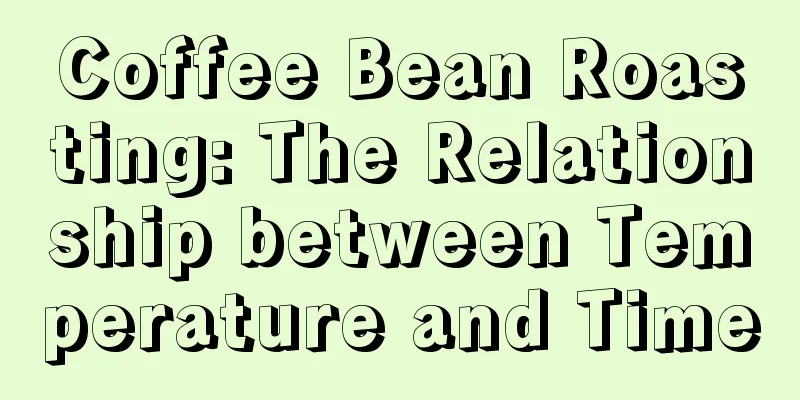
introduction
The roasting process of coffee beans is a key step in making coffee with a strong aroma and rich taste. In the roasting process, temperature and time are two important factors, and there is a close relationship between them. This article will discuss the relationship between temperature and time, and explore the effects of different temperatures and times on the results of coffee bean roasting.
1. The effect of temperature and time on the chemical reaction rate inside coffee beans
During the roasting process, temperature accelerates the chemical reactions inside the coffee beans. As the temperature rises, the rate of chemical reactions also increases. Generally speaking, short roasting at a higher temperature can quickly promote chemical changes, while long roasting at a lower temperature can more fully exert the transformation of substances inside the coffee beans.
2. Effects of temperature and time on coffee flavor characteristics
The flavor characteristics of coffee obtained under different temperature and time conditions are also different. High temperature and short time roasting will cause the surface of the coffee beans to change color quickly, but the inside may not be completely heated evenly, resulting in a relatively single flavor. Low temperature and long time roasting can better preserve the original flavor characteristics of the coffee beans, and make the coffee taste fuller and more fragrant.
3. Effects of temperature and time on caffeine content
Temperature and time also affect the caffeine content of coffee. Generally speaking, roasting at a higher temperature for a longer time can effectively reduce the caffeine content of coffee. This is because at high temperatures, some caffeine will evaporate as the water evaporates.
4. Temperature and time selection strategy
Based on the above discussion, it is known that multiple aspects need to be considered when choosing the appropriate temperature and time for roasting. If you want to obtain coffee with a strong taste, rich aroma and complex flavor characteristics, you can choose low temperature and long time roasting. If you pursue the unity and clarity of coffee flavor, you can choose high temperature and short time roasting.
in conclusion
Temperature and time are two factors that cannot be ignored in the process of roasting coffee beans. There is a close relationship between them, and they have an important impact on the internal chemical reaction rate, flavor characteristics and caffeine content of coffee beans. When roasting coffee beans, choose the temperature and time reasonably according to your taste and flavor requirements, and you will be able to make satisfying and delicious coffee.
